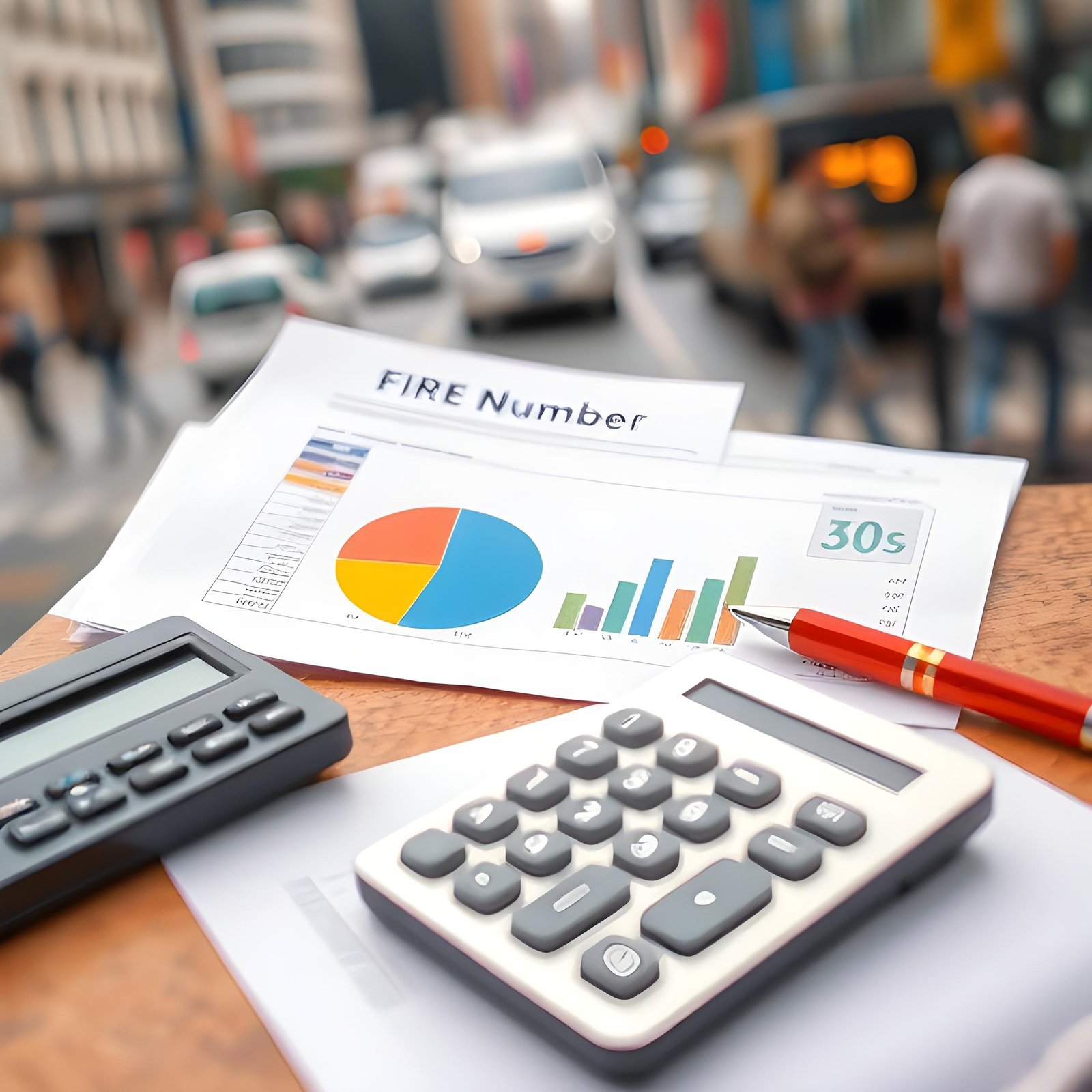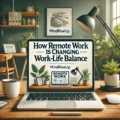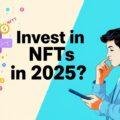Imagine a life where you never have to set an alarm for a job again, where weekdays and weekends blur into each other because every day is yours. That’s the dream behind FIRE (Financial Independence, Retire Early)—a movement growing in popularity worldwide. It’s about saving like crazy, investing smartly, and creating a passive income that covers your life expenses so you can decide how to spend your days.
Sounds perfect, right? But there’s a lot more to FIRE than just the “dream.” Let’s break down what FIRE really is, how to reach it, and what to look out for along the way. You might even be surprised at some realities most people miss.
What is FIRE, and Why is Everyone Talking About It?
The goal of FIRE is simple: achieve enough financial independence to cover your costs of living through investments, then retire early. That way, you can live life without being tied to a job just to make ends meet.
But it’s not just about money. For most, it’s about creating freedom, control, and flexibility. You could retire in your 40s or even 30s if you get serious about saving and investing. But this kind of freedom doesn’t come without some sacrifices and serious planning.
How Do You Get Your FIRE Number?

To make FIRE work, you need to know your FIRE number—the amount of money you need in investments to live comfortably without needing a paycheck. The general rule for this number? The 4% rule. This rule suggests you can safely withdraw 4% of your investment portfolio each year without running out of money for at least 30 years.
Here’s How to Calculate It
Take your yearly expenses and multiply them by 25. This gives you a rough estimate of how much you need saved up.
Example: If you need $40,000 a year to cover all your expenses, your FIRE number would be $1,000,000 ($40,000 x 25). So, if you can save and invest $1,000,000, in theory, you’d be able to withdraw $40,000 every year to cover your costs indefinitely.
The 4% rule is a helpful guide, but keep in mind it’s based on historical U.S. market returns. Markets go up, and markets go down, so it’s worth re-evaluating your number every so often.
Is the 4% Rule Realistic Today?
Let’s face it: a rule built on decades-old data might not hold up perfectly in today’s world. Inflation rates, rising healthcare costs, and personal lifestyle changes can make that 4% a bit shakier than we’d like to admit. Plus, a 30-year retirement is one thing; retiring at 35 and needing 50+ years’ worth of savings is another.
Considerations for Today’s World:
- Inflation: Costs tend to go up. Prices of food, healthcare, and housing don’t stay the same year to year, so aiming for a 3.5% withdrawal rate might give you a safer cushion.
- Lifestyle Adjustments: As we grow, our tastes often change (hello, organic groceries and gym memberships). Consider how your lifestyle might evolve and budget a little extra for it.
The Reality Check: What the FIRE Movement Doesn’t Always Talk About
FIRE sounds fantastic, but there are some practical challenges that are often glossed over. Knowing them upfront will help you be better prepared for the journey.
1. The Impact of Lifestyle Inflation
Lifestyle inflation happens when we start spending more as our income grows. This can quickly throw off your FIRE goals if not managed. As you get older, your priorities change, and with them, so do your expenses—maybe you want to take more vacations, upgrade your home, or plan for a family.
Example: What if your $40,000 annual budget becomes $60,000 by the time you’re 50? That’s an entirely different FIRE number. Keeping lifestyle inflation in check is essential to hitting FIRE.
2. Longer Life Expectancy (And Costs)
We’re living longer thanks to better healthcare. But while that’s good news, it also means your FIRE fund needs to stretch further. If you retire at 40 and live to 90, that’s 50 years of living expenses. To avoid running out, it’s wise to have a backup plan in case your initial estimates don’t quite cover everything.
The Crossover Point: The Moment FIRE Becomes Possible
So, how do you know when you’ve hit financial independence? This moment is often called the crossover point—when the income from your investments is equal to or greater than your annual expenses.
Imagine you’re checking your investment returns, and one day they cover all your costs. That’s the crossover point. At this stage, you no longer need to work to maintain your lifestyle. You’re free to pursue whatever makes you happy, whether that’s a passion project, travel, or just living a quieter, simpler life.
Adjusting Your FIRE Strategy: A Flexible Approach to the 4% Rule
Flexibility is your best friend on this journey. While the 4% rule is a good base, you may want to adjust your withdrawal rate depending on economic conditions, personal needs, and life changes. For instance, if markets take a dip, consider withdrawing a little less that year. Or if you’re in a strong market period, you might allow yourself a bit more.
Try These Adjustments:
- Start with 3.5%: More conservative than 4%, but safer for longer retirements.
- Plan for an Emergency Fund: Separate from your investments, this fund can cover unexpected expenses (medical bills, family emergencies, etc.) without touching your FIRE savings.
Building the Anti-List: The Real-Life Curveballs
Despite all the planning, life will throw surprises at you. You might get an unexpected bill, or maybe an exciting opportunity comes up that requires some financial flexibility. This is where the Anti-List comes in handy. Track the unplanned things that come up and what they cost you. This list will give you an idea of the “life happens” expenses that a strict budget might not account for.
Having a good-sized emergency fund separate from your FIRE portfolio can help cover these costs without derailing your entire retirement plan.
Practical Steps to Make FIRE Happen

- Track Your Spending: Get a clear picture of what you actually spend in a year. Apps like Mint or YNAB (You Need A Budget) can help you get super clear on this.
- Calculate Your FIRE Number: Multiply your annual expenses by 25. Don’t forget to adjust for inflation and lifestyle changes.
- Experiment with Different Rates: Test your budget with 3%, 3.5%, and 4% withdrawal rates in a simple spreadsheet like Google Sheets. This gives you a clearer picture of how far your money might go.
- Keep an Anti-List: Track unplanned expenses. This helps you anticipate the unpredictable costs in retirement.
- Envision Your Day-to-Day Life in FIRE: Imagine what an average week looks like after you hit your FIRE number. What does your routine look like? Writing this down can be surprisingly revealing.
Thinking of Early Retirement? Make the Most of Your Journey
If you’re serious about FIRE, consider side hustles that can speed up the process or provide passive income during retirement. Here are a few ideas:
- Freelancing or Consulting: Skills in writing, design, consulting, and many other areas can be monetized through platforms like Upwork or Freelancer.
- Real Estate Investments: For those willing to invest in property, rental income can be a steady source of cash flow. Fundrise offers a way to invest in real estate without owning properties directly.
- Affiliate Marketing and Content Creation: If you have an online following, affiliate marketing can provide ongoing income. Check out platforms like CJ Affiliate to see what fits your niche.
- Selling Digital Products: If you’re creative, consider selling e-books, online courses, or digital tools on platforms like Teachable or Gumroad.
These income streams not only help build your FIRE fund faster but can also keep your skills active if you want to work a little during early retirement.
Living the Dream: Embracing the Journey and the Destination
FIRE is about creating the life you want, but that doesn’t mean waiting until retirement to start living well. Start now by enjoying the little things—spend time with friends, explore new hobbies, and savor the moments that make life rich. The journey to FIRE isn’t only about saving and investing; it’s about building a meaningful life along the way.
What’s your dream for life after work? Drop a comment below—your story might inspire someone else to start their journey toward financial freedom. Happy planning, and here’s to a life you’re excited to live every day!































No Comments
Leave a comment Cancel